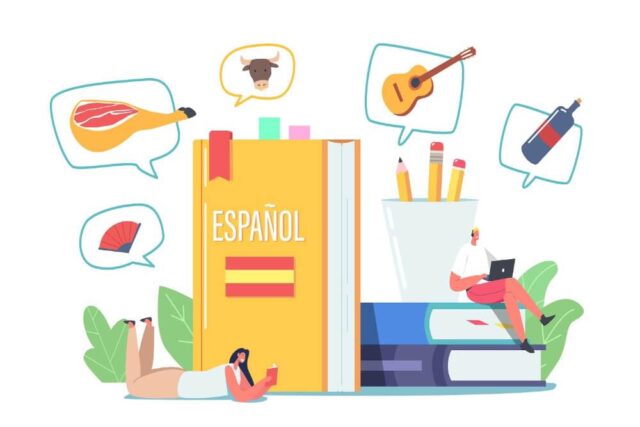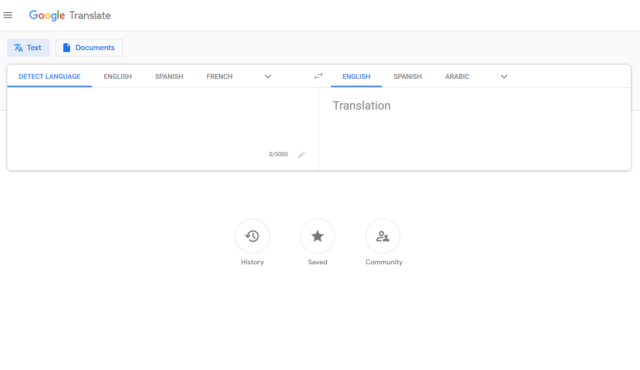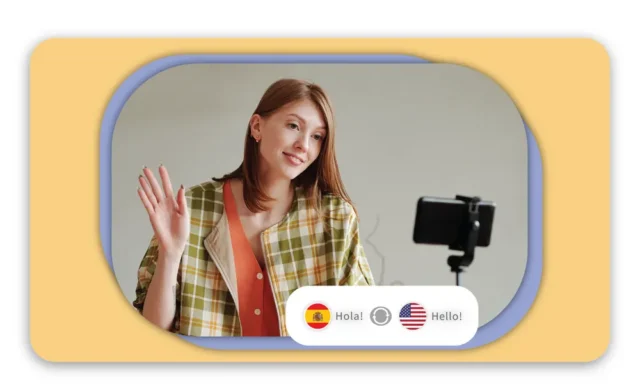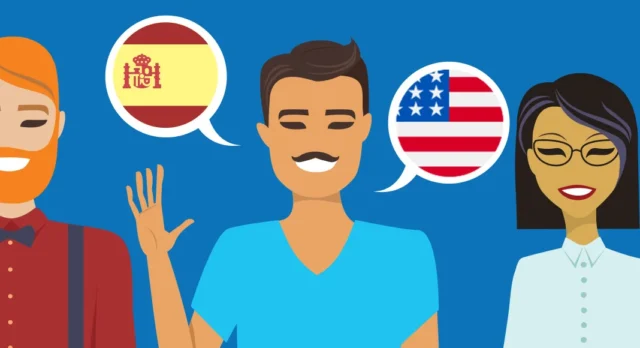
You’ve spent a lot of time creating the perfect video, and now you want it to be seen and understood by an English-speaking audience. That’s a great idea! Luckily, there are several ways to ensure that your content is translated into English with high quality.
In this article, we’ll look at various methods and best practices to achieve accurate and culturally relevant translation, ensuring that your content resonates with English-speaking viewers and has a lasting impact. Join us to master the art of video translation, bridge cultures, and bring people together through the universal language of multimedia.
Choosing the Right Approach: Different Methods for Translating Spanish Videos to English

There are several different methods for translating Spanish videos into English. The most common approach is to hire a translator who is bilingual and does a written translation. This method is known as “consecutive translation”. It’s not the only option available, although you may want to consider other options if you want to save money, time, or effort on your project.
If your goal is simply to make sure that English-speaking audiences understand the content of your video in their native language (and not necessarily translated verbatim), localization may be the right solution for you. With this, we will ensure that all cultural references are localized to make them appropriate for an American or British audience; this means changing idioms, expressions, etc., but it doesn’t involve translating everything from scratch into another language, as is the case with traditional translation!
Interpreting involves someone translating one person’s words into another language live during an event or conversation; this can include anything from providing simultaneous interpretation at conferences (where many people need help understanding each other) to private meetings between people who don’t speak a common language but need help communicating!
Preparing Your Content: Steps to Take Before Starting the Translation

Before you get started, there are several steps you need to take to ensure the accuracy and professionalism of your translation.
- Prepare the script. Make sure that the voiceover actor has memorized all his lines, as well as any on-screen text that he may be reading aloud. This will help them sound more natural during recording. You may also want to consider hiring someone who can write in Spanish (or another language) so they can polish up any awkward phrases in your script before you start recording!
- Prepare the video itself and don’t forget the graphics/images! If possible, try to edit out any parts where people are shouting at each other or laughing out loud at something funny; Such noises can make it difficult for automatic speech recognition (ASR) systems – the technology used to convert speech into text – not only because these sounds are not always easy for our ears to pick up, but also because they are often used interchangeably in different languages without confusing listeners, as everyone understands both languages equally well, regardless of one person speaking English and another speaking French, if neither party understands Spanish but still prefers to use English as a language.
Crafting Engaging Subtitles: Best Practices for Conveying Meaning and Tone

One of the most effective ways to convey meaning and tone is through subtitles. Subtitles have become an important part of video content because they allow viewers to watch the video and follow the translation at the same time, so they understand what is being said and are interested in watching the content.
To create engaging subtitles that convey meaning and tone, follow these best practices:
- Use a conversational tone. Since you’re translating from Spanish into English, it’s best to keep your translations casual by using contractions (don’t) instead of full sentences (you should not). You can also use slang terms like “dude” or “bro” if they fit naturally into the dialogue; this will help make sure that readers feel connected with what’s happening on screen!
- Use consistent formatting throughout all subtitles in your video project this includes font typeface choice as well as colors used for highlighting keywords/phrases within each subtitle block itself (e.g., boldface text). This consistency will make it easier for viewers who watch multiple videos within one series or campaign because now those people know exactly what kind
Capturing Cultural Relevance: Adapting Spanish Content for English-Speaking Audiences

It’s important to consider cultural relevance. When you translate a video from Spanish to English, there are a few things you can do to help ensure that your target audience understands what you have to offer or show and feels engaged with it.
First, use cultural references that are familiar to both audiences. For example: “You know what they say in Mexico? Que paso?” Or “It’s time to grab some tacos and head over to Tijuana!” These phrases may not make sense outside of their original context but they will resonate with people who grew up in Latin America because they’re using common metaphors that are part of everyday life there (and sometimes here).
Second and this one goes without saying don’t assume everyone knows everything about your culture just because it happens within their borders! If possible, avoid making assumptions about what people already know about certain topics or places unless otherwise specified by context clues such as setting up questions like “Have you ever been on vacation before? Where did you go?”
Conclusion
I hope this guide has helped you understand how you can translate videos into another language and what positives you can get from it. It’s not as difficult as you might think, but it does take a bit of time and patience, but by using an experienced translator to translate your content, you can overcome language barriers and help build meaningful connections with viewers around the world.
And remember that video translation is not just about exchanging words, but about building bridges between cultures and creating shared experiences. By thoughtfully adapting Spanish-language content for English-speaking audiences, yo









